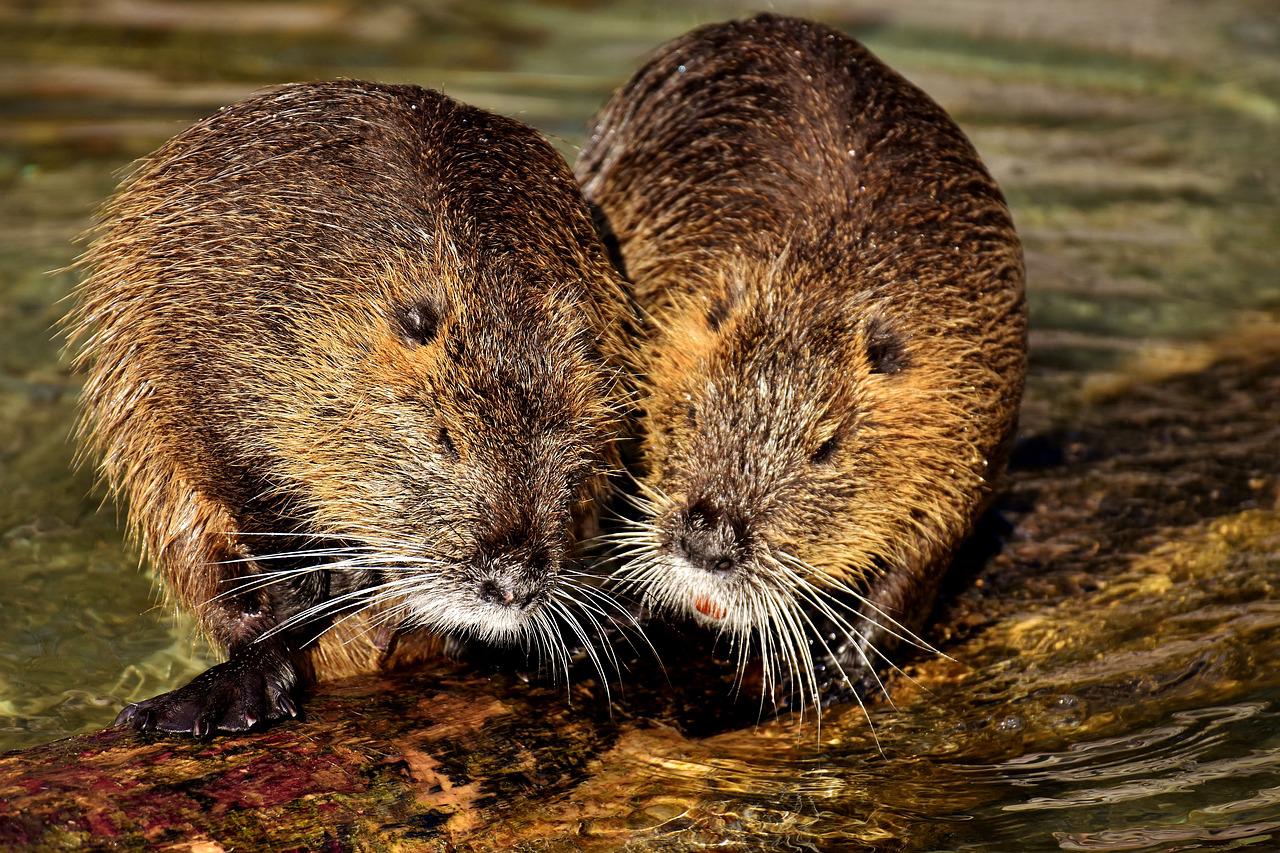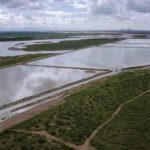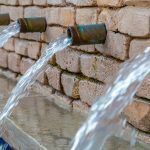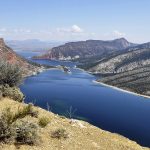“In the face of climate change, beavers are engineering a resistance,” tweeted the Upper Colorado River Watershed Group .
.
The conservation group’











Jordan and Fairfax’ abstract





“Climate-driven disturbances are actively pushing streams into increasingly degraded states, and the window of opportunity for restoration will not stay open forever. Therefore, now is the perfect time to apply the science of beaver-based low-tech process-based stream restoration to support building climate resilience across the landscape,” the authors write. “Not every stream will be a good candidate for beaver-based restoration, but we have the tools to know which ones are. Let us use them.”
NPR for Northern Colorado





High-mountain snow serves as a kind of natural reservoir for the region, slowly releasing water throughout the spring and early summer, assuring a steady supply to the places where humans divert and collect it. But as the West rapidly warms and dries, snowpack is getting smaller and melting earlier. Beavers, meanwhile, are essentially building miniature reservoirs in mountainous areas throughout the region.
Drought also means an increased risk of wildfires, and beavers have proven their mettle against the flames. Even in areas completely ravaged by wildfire, where tree trunks are scorched into blackened toothpicks and soil is left gray and ashen, beaver complexes survive unscathed. The wet earth and thriving greenery resist burning, leaving oases of green in the middle of the lifeless moonscapes left behind by wildfire.






Leave a Reply